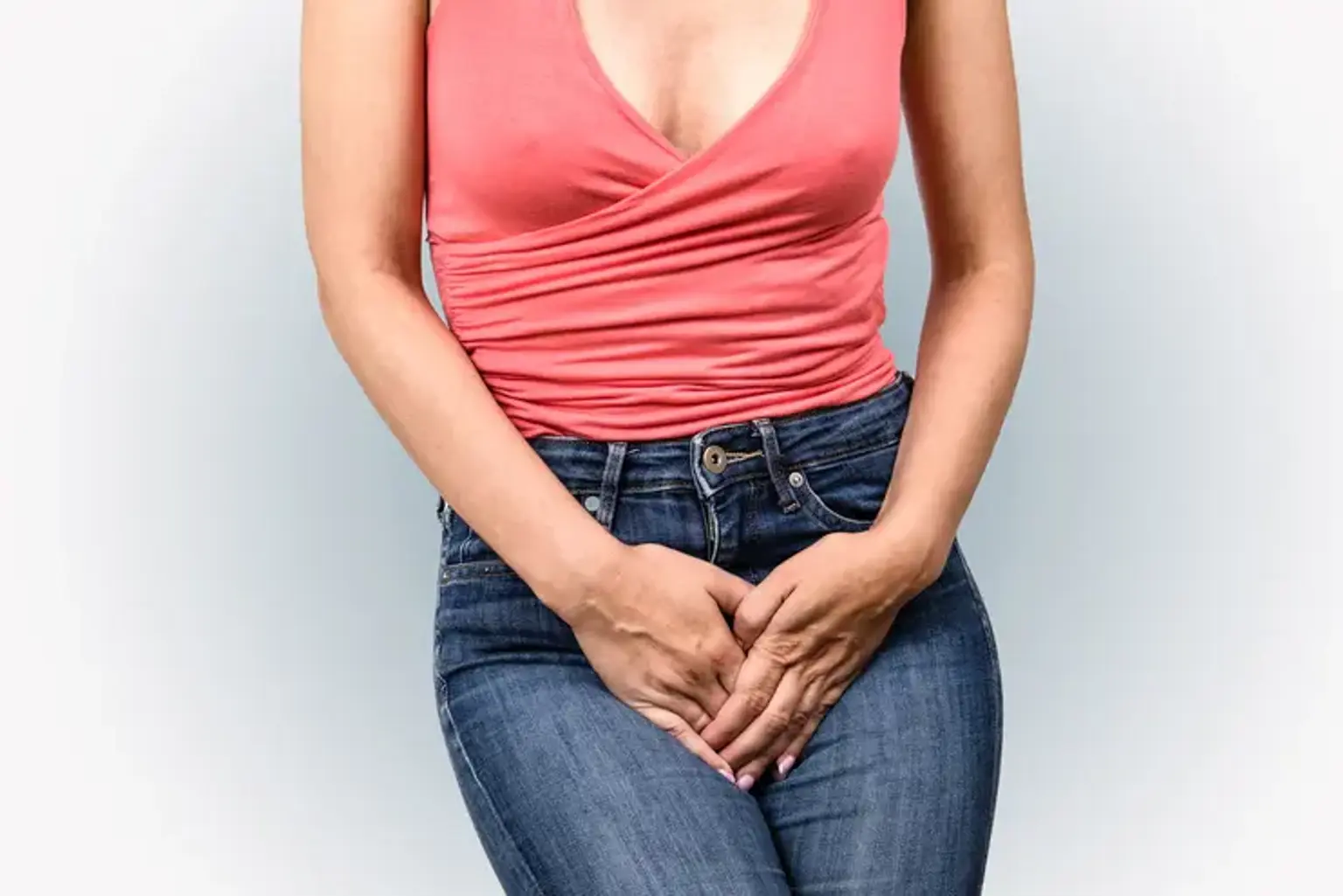Urinary Incontinence
Overview
The involuntary flow of urine is known as urinary incontinence. This disorder is more common in the elderly, affecting both health and quality of life, although it can also afflict younger persons. Urinary incontinence is frequent and can range from a minor leak when you laugh, cough, sneeze, or exercise to an inability to control your bladder completely.
Urinary incontinence can be treated, controlled, and even cured in many situations. It is critical to discuss your symptoms with your doctor or a continence professional. Many people are too embarrassed to seek treatment because of the stigma that surrounds it. However, most illnesses that cause UI may be treated medically or by alternative methods.
